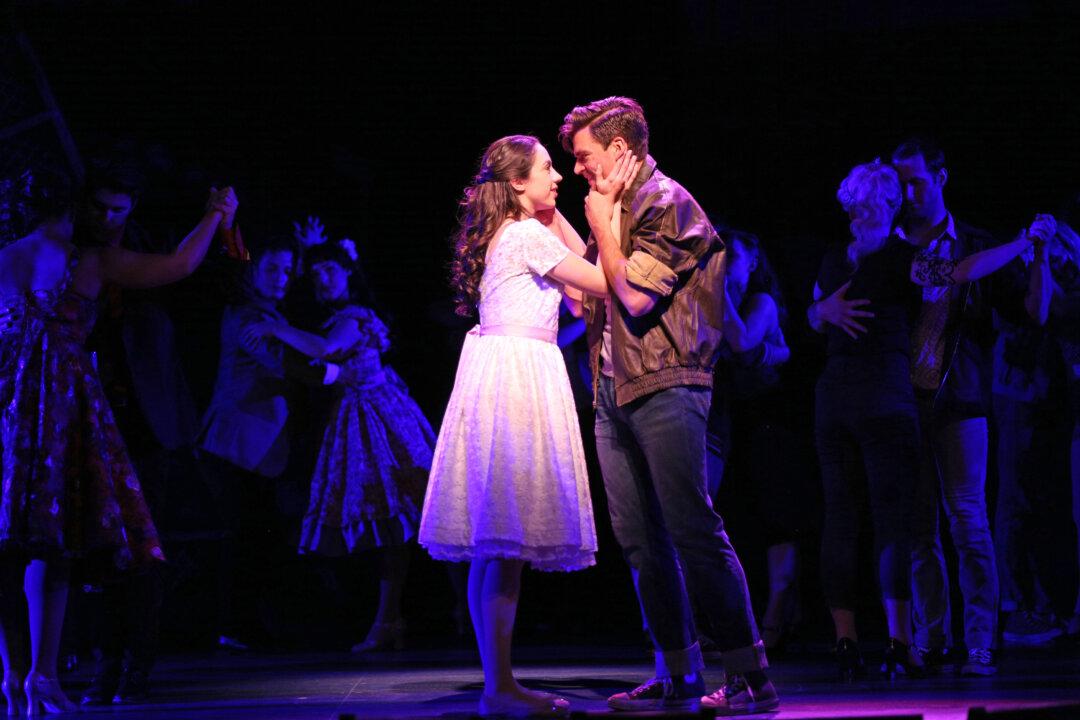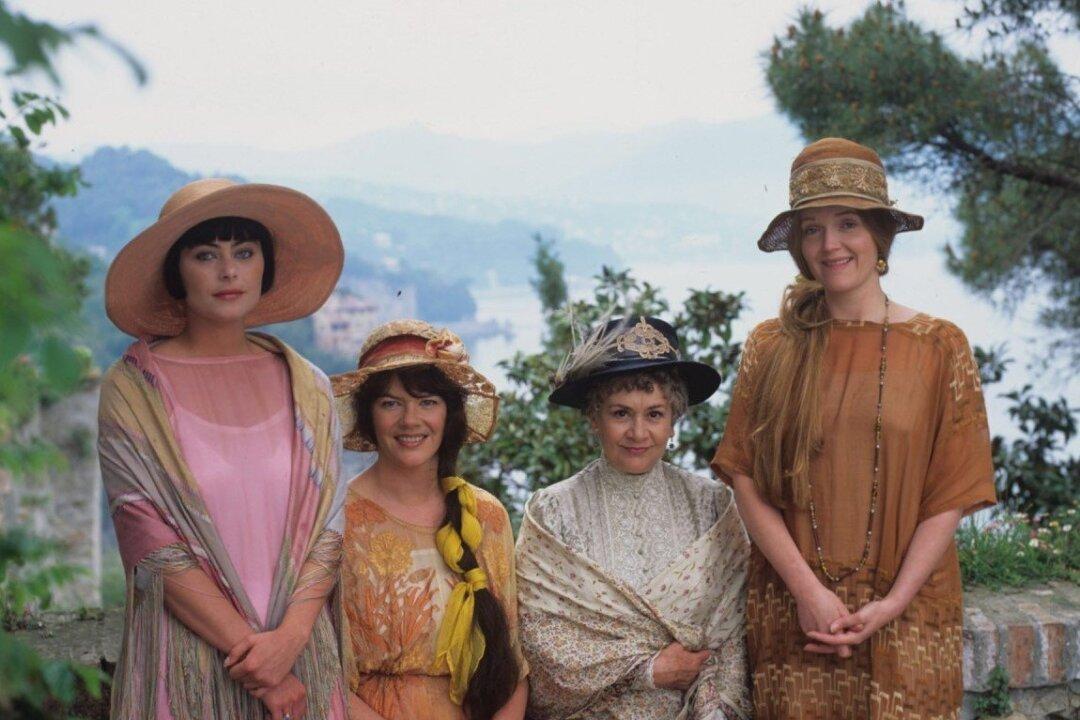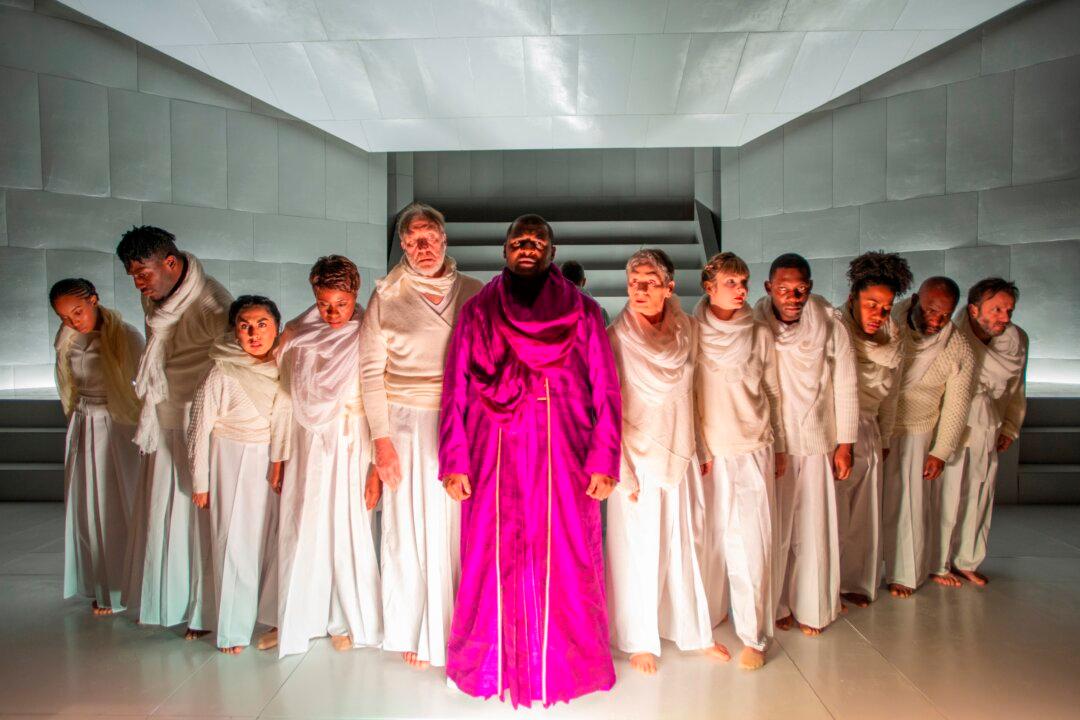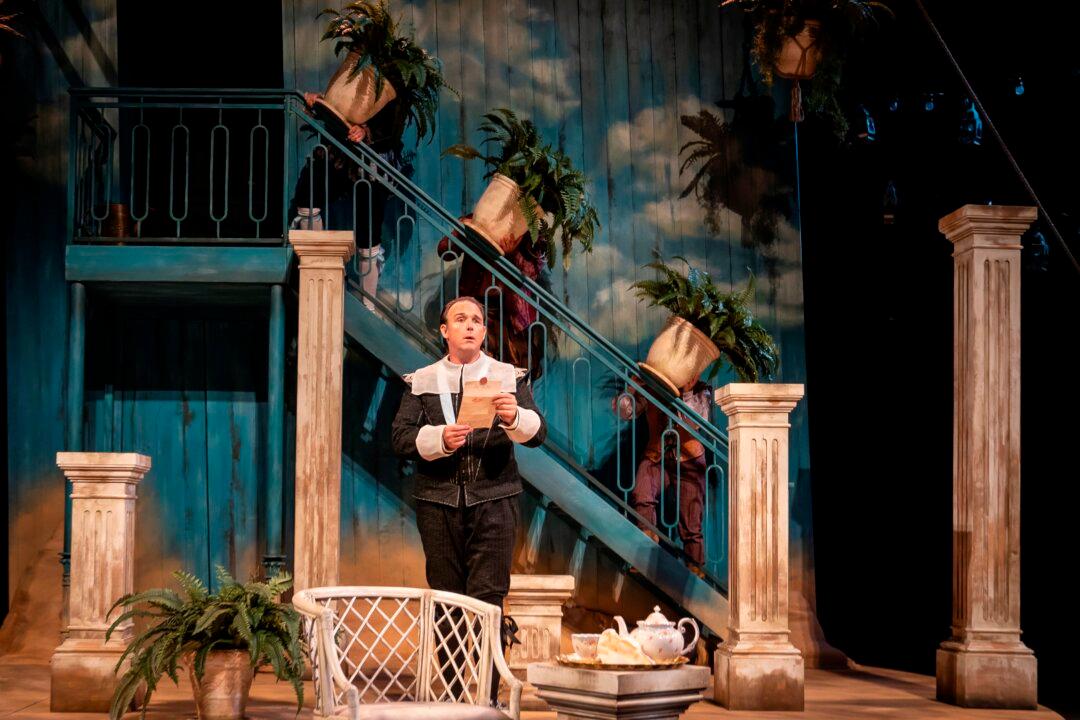AURORA, Ill.—Shakespeare uses the word “haste” some one hundred times in “Romeo and Juliet”—a clue that hormonal passion can push youth to either flights of fatuous love or uncontrolled rages of hate. Leonard Bernstein captured that headlong rush in his music for “West Side Story,” a modern tale spawned from the famous tragedy. Now nearly 60 years after the musical’s birth, Paramount Theatre’s director Jim Corti and his testosterone-fueled cast have brought the urgency of youth—the truly furious and fast—to the 21st century.
When “West Side Story” opens, the latest altercation between the white-boy Jets and Latino Sharks leads Jet leader Riff (Jeff Smith) to plan an all-out rumble between the rival gangs. He convinces his best friend and former Jet leader, Tony (Will Skrip), to join him at a dance that evening, where the challenge will be delivered. Reluctantly, Tony agrees, feeling somehow that his life is about to change.






